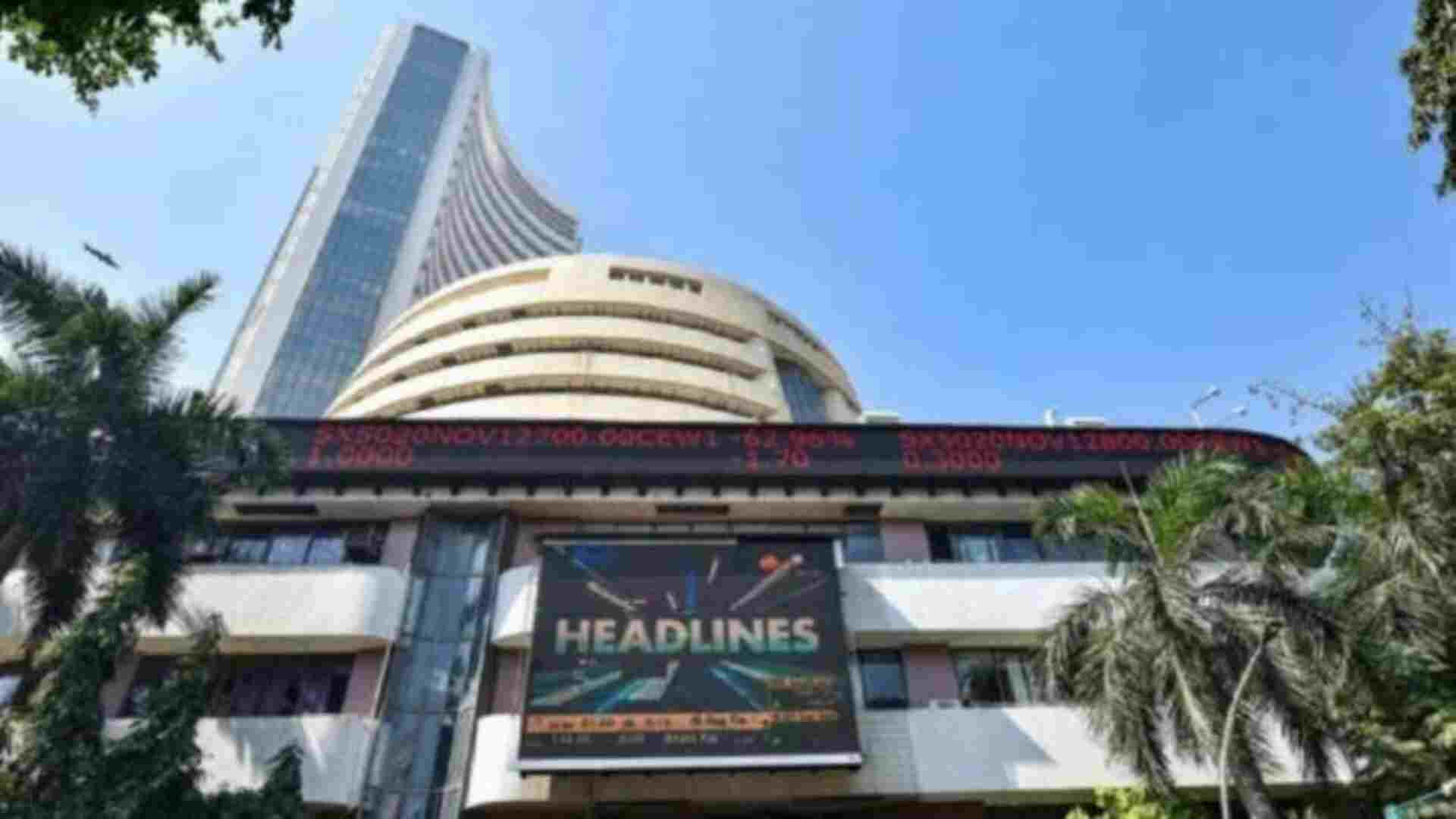The Municipal Corporation of Delhi (MCD) recently cleared 60 percent of 28,000 metric tons of garbage around the national capital’s railway lines on Monday.
Furthermore, the senior official familiar with the matter revealed that they aim to clear the railway of garbage by June 30.
Moreover, the MCD has also billed Northern Railway ₹6 crore for both lifting and processing of waste.
Currently, Delhi maintains a railway line network of 105 km, which is covered by around 48,000 slum dwellings.
For so many years, these areas along the tracks have unofficially become dumping grounds for waste.
According to officials, railway passengers and slum dwellers are the two biggest contributors to waste dumping.
Meanwhile, the MCD officials have announced that they have identified and located the nearest dustbins, dhalaos (primary garbage receptacles), and fixed garbage compactor stations to transfer the garbage away from tracks’ vicinity.
Clearing of Waste from Railway Tracks So Far?
Earlier in May 2023, in compliance with monitoring agencies and the NHRC’s (National Human Rights Commission) directions, Northern Railways requested MCD for a joint inspection of legacy waste along railway tracks.
Later in July, MCD initiated a pilot project and cleared around 1,600 metric tons of legacy waste between Azadpur and Narela’s stretch.
Then, in November, MCD announced the clearing and disposal of solid waste from various sites, which included the stretch from Hazrat Nizamuddin to Lodhi Colony Station, from Lodhi Colony Station to Okhla Station, and the area around Badarpur Border Station.
As per a senior MCD official, the NHRC is currently keeping track of track clearing.
Also, the solid waste management action plan, finalized by a high-level panel of the National Green Tribunal, has placed emphasis on the cleaning of railway tracks as a key aspect of waste management.
According to the official’s assertion, the cleaning of tracks needs to be coordinated with railway authorities, as the safety of sanitation workers needs to be considered during railway movement.





